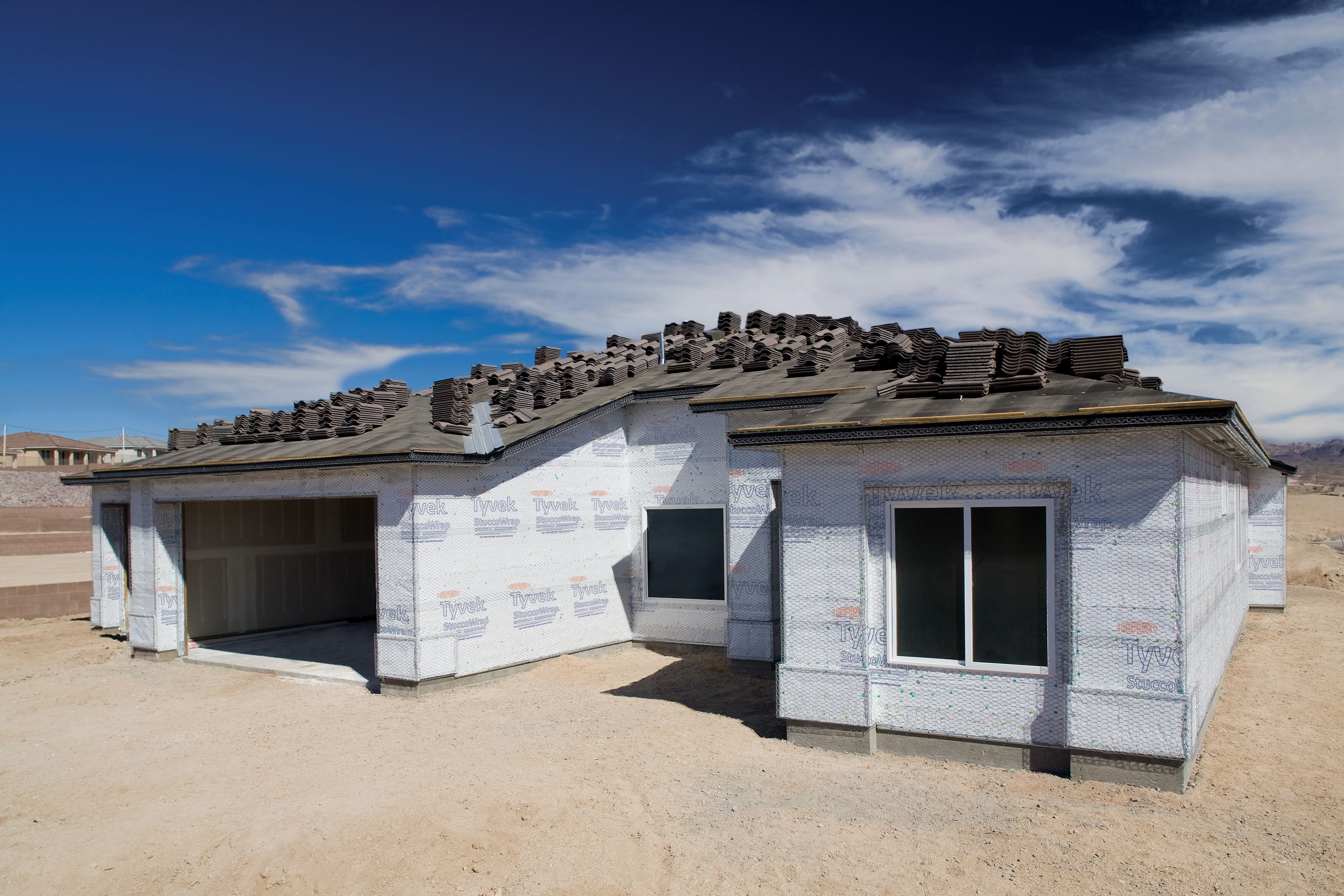Protecting Building Envelopes with Effective Moisture Management Strategies

Effective moisture management is vital for constructing durable buildings, especially when utilizing materials like stucco. Neglecting this aspect can lead to costly repairs, compromising a building's structural integrity. Moisture intrusion, whether from bulk water or vapor carried from air leakage, remains a primary cause of construction defects and ensuing litigation. A 2007 University of Florida study revealed that 70% of construction defect claims are linked to moisture penetrating the building envelope, causing structural deterioration, mold growth, and risking occupants' well-being. Targeted moisture management strategies aim to prevent water infiltration, minimize air ingress, and bolster the wall assembly's drying capability.
Additionally, when constructing high-performance walls for energy efficiency, managing water meticulously becomes even more critical. These walls often limit drying capacity, underscoring the amplified importance of effective moisture control.
This overview delves into moisture management, exploring its pivotal role in building systems and its specific relevance in stucco installations. Discover how adept moisture management significantly contributes to project safety and longevity.
Achieving Efficient Drainage in Adhered Cladding Systems
Adhered cladding systems like stucco and synthetic stone offer aesthetic appeal, but they require accurate installation. Both permeable and impermeable materials have the potential to trap moisture, necessitating the integration of water-resistive barriers (WRBs) and drainage systems for successful application. Some examples include:
DuPont™ Tyvek® StuccoWrap® WRB—with its engineered, grooved surface—is designed to provide a drainage plane behind stucco facades and EIFS systems, meeting the unique water management demands of stucco facades.
DuPont™ Tyvek® DrainWrap™ is a WRB that combines the superior air and water resistance, vapor permeability, and strength of Tyvek® with a vertically grooved surface to help channel water safely to the outside. It is designed to provide enhanced drainage in areas subject to extreme, wind-driven rain.
Rainscreens are a solution for managing moisture within building envelopes. By creating an air gap between the cladding and WRB, they facilitate air movement and drainage, helping to keep the wall dry. This decoupling prevents moisture from becoming trapped against the building's structure, significantly reducing the risk of damage and mold growth.
Mastering moisture management is particularly critical in stucco applications. Here are key points to consider:
Rain Screen Systems: Use drainage mats to enhance drying behind the stucco. Note IRC 2021 Section R703.7.3 specifies an air space or use of a high drainage efficiency WRB in certain climate zones, depending on use of either a Type I or Type II WRB (per ASTM E2556).
High Drainage Efficiency Water-Resistive Barrier: Use high drainage efficiency WRB’s for improved moisture management behind stucco facades.
Flashing and Kick-Out Flashing: Flashing is always applied to the water-resistive barrier layer. Employ quality materials and proper installation techniques to prevent moisture infiltration around openings and penetrations.
Continuous Insulation: Mitigate condensation potential and improve occupant thermal comfort by designing with sufficient continuous insulation.
Selecting the Right Materials
Ensuring optimal building envelope performance, DuPont™ Tyvek® Weatherization Systems include a full system of wrap options, tape, and flashing accessories, in addition to detailed installation instructions. Selecting moisture-resistant materials stands as a linchpin in constructing a robust building envelope. For instance, exterior insulation, such as DuPont™ Styrofoam™ Brand Extruded Polystyrene Insulation, a closed-cell insulation, acts as a formidable barrier against moisture intrusion. Additionally, utilizing flashing materials, such as DuPont™ Flashing Tape and sealants tailored for moisture resistance, fortifies vulnerable areas like windows and doors.
Professional Guidance and Industry Standards
Architects, builders, and contractors should stay abreast of industry standards and best practices for moisture management. DuPont’s team of experts can guide you or you can refer to our Performance Building Solutions’ installation guides for single- and multi-family residential builders. Additional resources include organizations like the National Concrete Masonry Association (NCMA) that provides comprehensive guides covering various aspects of cladding systems and moisture protection.
Also, remember that moisture management is an ongoing process, and regular maintenance and monitoring are key to ensuring optimal building performance over time. Additionally, local building codes and climate conditions should be taken into consideration when implementing moisture management strategies.
In Summary
By prioritizing effective moisture management through proper installation techniques, material selection, and the integration of proven solutions like rain screens, builders can create structures that stand resilient against the test of time. DuPont’s moisture management products and systems are designed to help builders achieve comfort, security, and peace of mind.
For more in-depth information on this topic, explore our webinar “Best Practices for Installing Stucco and Adhered Masonry Stone.” This webinar also offers attendees the opportunity to claim 1 AIA Learning Unit (1LU) Elective Credit.
Keep learning. Keep building better.
Register for updates from the DuPont Performance Building Solutions EDU HUB and we'll keep you current on the latest building insights and training opportunities that will help you to do your best work for your customers.




